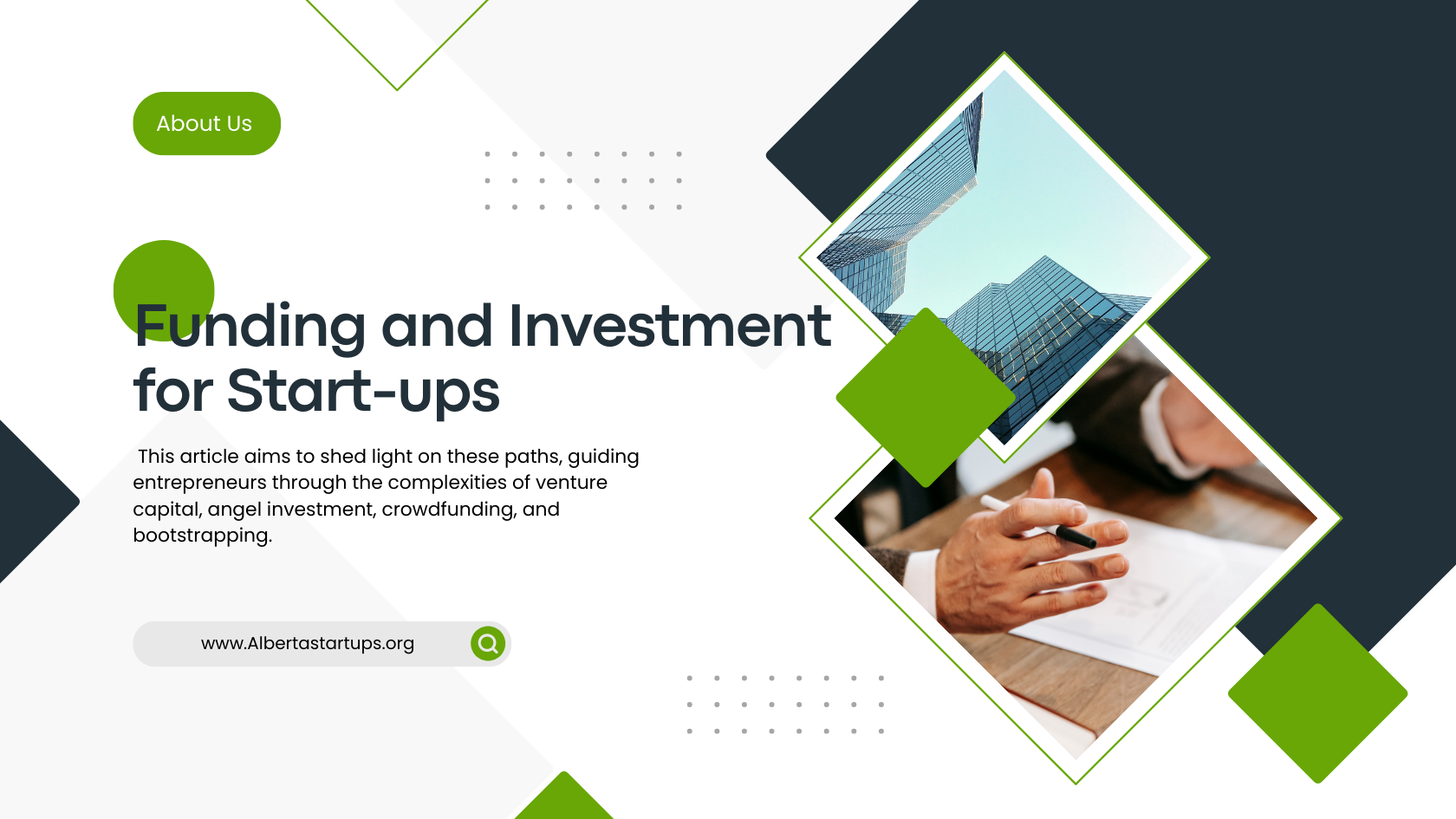Securing Funding: The Lifeline for Start-ups
In the dynamic world of start-ups, securing funding is not just a milestone—it’s a crucial lifeline. This journey of acquiring capital is intricate and varied, offering multiple pathways each with its unique set of challenges and opportunities. This article aims to shed light on these paths, guiding entrepreneurs through the complexities of venture capital, angel investment, crowdfunding, and bootstrapping. Understanding these options is essential for making informed decisions that align with your start-up’s vision and growth trajectory. Let’s embark on this informative exploration of funding and investment strategies tailored for the ambitious entrepreneur.
Navigating the Venture Capital Landscape
Venture capital (VC) represents a significant funding source for start-ups with high growth potential. Essentially, VC firms invest substantial capital in exchange for equity, betting on the start-up’s future success. While the influx of funds is a clear advantage, it comes with relinquishing a portion of ownership and control. Start-ups considering VC should be ready for scaling rapidly and have a solid business plan that appeals to these investors.
Pros:
- Access to substantial capital.
- Valuable mentorship and networking opportunities.
- Increased credibility and visibility.
Cons:
- Potential loss of autonomy.
- High expectations for rapid growth and returns.
When seeking VC funding, it’s crucial to research firms that align with your industry and values. For instance, a tech start-up might approach a VC firm specializing in technology investments. Case in Point: Dropbox’s successful venture with Sequoia Capital, which played a pivotal role in its rapid expansion and success, illustrates the impact of a well-matched VC partnership.
Understanding Angel Investment in Start-ups
Angel investors are affluent individuals who provide capital for start-ups, often in exchange for ownership equity or convertible debt. Unlike venture capitalists, who are typically part of a firm, angel investors are private individuals, often entrepreneurs themselves, who invest their personal funds.
Advantages:
- More flexible investment terms.
- Personal mentorship and industry expertise.
- Often less emphasis on rapid scaling compared to VC.
Challenges:
- Limited funding amounts compared to VC.
- Potential for less business and financial structure.
To attract angel investors, it’s crucial to have a compelling pitch and a clear business plan. Networking plays a significant role in meeting potential angels. A Success Story: WhatsApp’s initial funding by angel investor Brian Acton, who later became a co-founder, showcases how angel investments can significantly impact a start-up’s trajectory, especially when the investor brings valuable experience and networks.
Leveraging Crowdfunding for Start-up Growth
Crowdfunding has emerged as a popular and democratic way for start-ups to raise funds directly from the public. This approach involves pitching a business idea or product online and receiving small amounts of money from a large number of people, typically via a crowdfunding platform.
Types of Crowdfunding:
- Reward-based: Backers receive a product or service in return for their investment.
- Equity-based: Investors receive a small stake in the company.
Strategies for Success:
- Crafting a compelling story around your product or business.
- Creating engaging and shareable campaign content.
- Setting realistic goals and transparently communicating with backers.
Popular platforms like Kickstarter and Indiegogo have been instrumental in the success of numerous start-ups. For example, the Pebble Smartwatch, which raised over $10 million on Kickstarter, exemplifies the power of a well-executed crowdfunding campaign in not only raising funds but also validating market demand.
The Art of Self-Funding: Bootstrapping Your Start-up
Bootstrapping is the process of building a business from the ground up with personal finances or the generated revenue of the new company. This approach allows entrepreneurs to maintain total control over their business but requires careful financial management and often, slower growth.
Benefits:
- Full control and ownership.
- Encourages creative, cost-effective solutions.
Risks:
- Limited resources can restrict growth.
- Personal financial risk.
Best Practices:
- Prioritize minimal viable product (MVP): Focus on core functionalities to manage costs.
- Reinvest profits: Channel earnings back into the business.
- Be frugal: Minimize expenses wherever possible.
A notable example of successful bootstrapping is Spanx, founded by Sara Blakely, which grew into a billion-dollar company without initial outside funding, emphasizing the potential of starting small and dreaming big.
Choosing the Right Path for Funding Your Vision
In the diverse landscape of start-up funding, the right choice depends on your business model, growth aspirations, and values. Whether it’s through venture capital, angel investors, crowdfunding, or bootstrapping, each path offers unique opportunities and challenges. Remember, the journey of funding your start-up is as pivotal as the business idea itself. Embrace this journey with diligence and optimism, as it paves the way for your entrepreneurial success.


